What Are Black Diamond Apples? Are They Even Real?
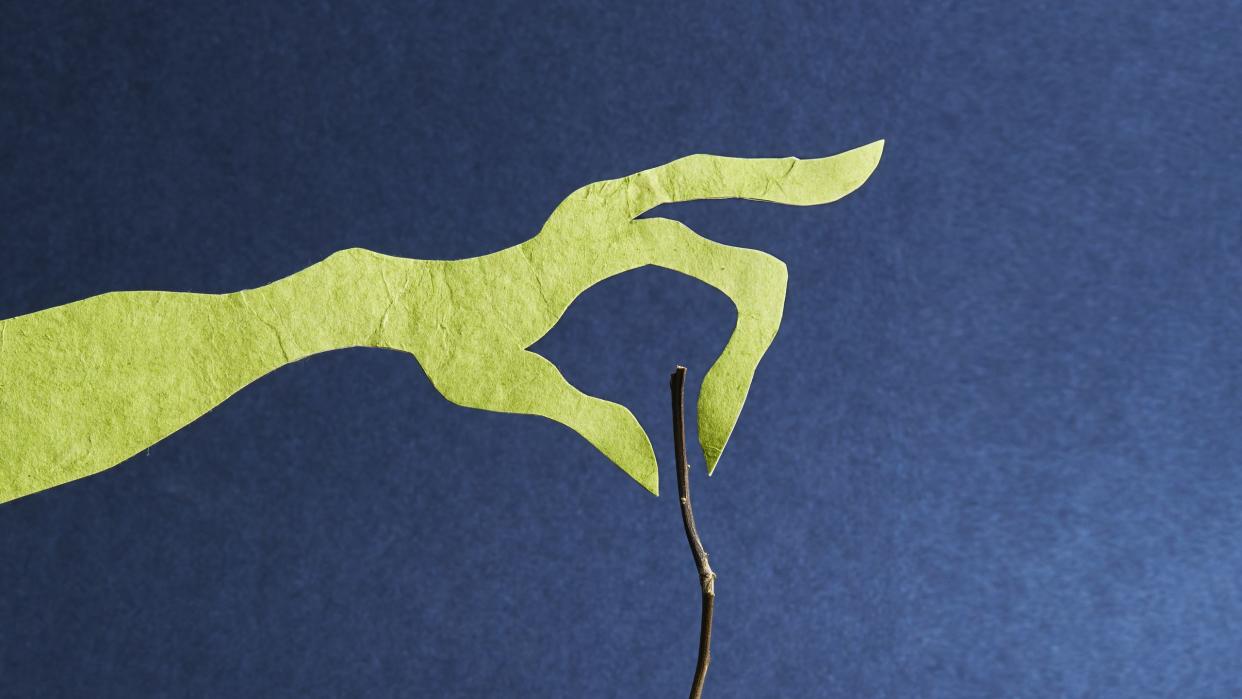
[table-of-contents] stripped
Apples are a-peel-ing to almost everyone. (See what we did there?)
Whether you like to eat them out of hand, or sliced with a smear of peanut butter, or baked into a pie or crumble (or all of the above!) there are endless ways to enjoy them.
And there are practically endless varieties to choose from.
In recent years there has been a lot of buzz around a unique variety, the Black Diamond. So, what's so unique about this apple? Instead of being red or green, the skin is jet black.
What Are Black Diamond Apples?
Black Diamond apples (Malus Domestica) are a rare variety of Chinese Red Delicious, also called Huaniu, that are grown in a mountainous region of Tibet.
Their skin is dark purple, like a plum, almost black. The flesh inside is white. They are rumored to have a bold, sweet flavor—but it's nearly impossible to try them.
Why Are Black Diamond Apples So Rare?
Black Diamond apples can only be grown in their native region, around the small mountain city of Nyingchi, Tibet. It has a unique climate and there is nowhere in the United States that matches their growing needs. They are exported throughout Asia, mainly to large cities in China, but not beyond.
In addition to the unique growing requirements, they also take many years, (reportedly up to eight) to reach maturity and start producing fruit. Add to that the fact that they only produce fruit two months out of the year and it's clear why they are both expensive and hard to find. Currently, no grower exports them outside China.
Are Black Diamond Apples Good for You?
Like all apples, Black Diamond apples are good for you. They contain plenty of fiber, as well as vitamins A, B, and C.
How Much Do Black Diamond Apples Cost?
If you happen to find yourself in Beijing, Shenzhen, or another major city in China, head to a high-end, specialty grocery store and expect to pay between $7 to $20 for a single apple.
Because of their high price they are typically given as gifts in boxes that contain, at most, five to six apples.
Where Can You Buy Black Diamond Apples?
Unfortunately, Black Diamond apples are unavailable for purchase in the United States. But if you've got your heart set on eating some stylish black apples, perhaps for Halloween, you do have some options!
Alternative to the Black Diamond Apple
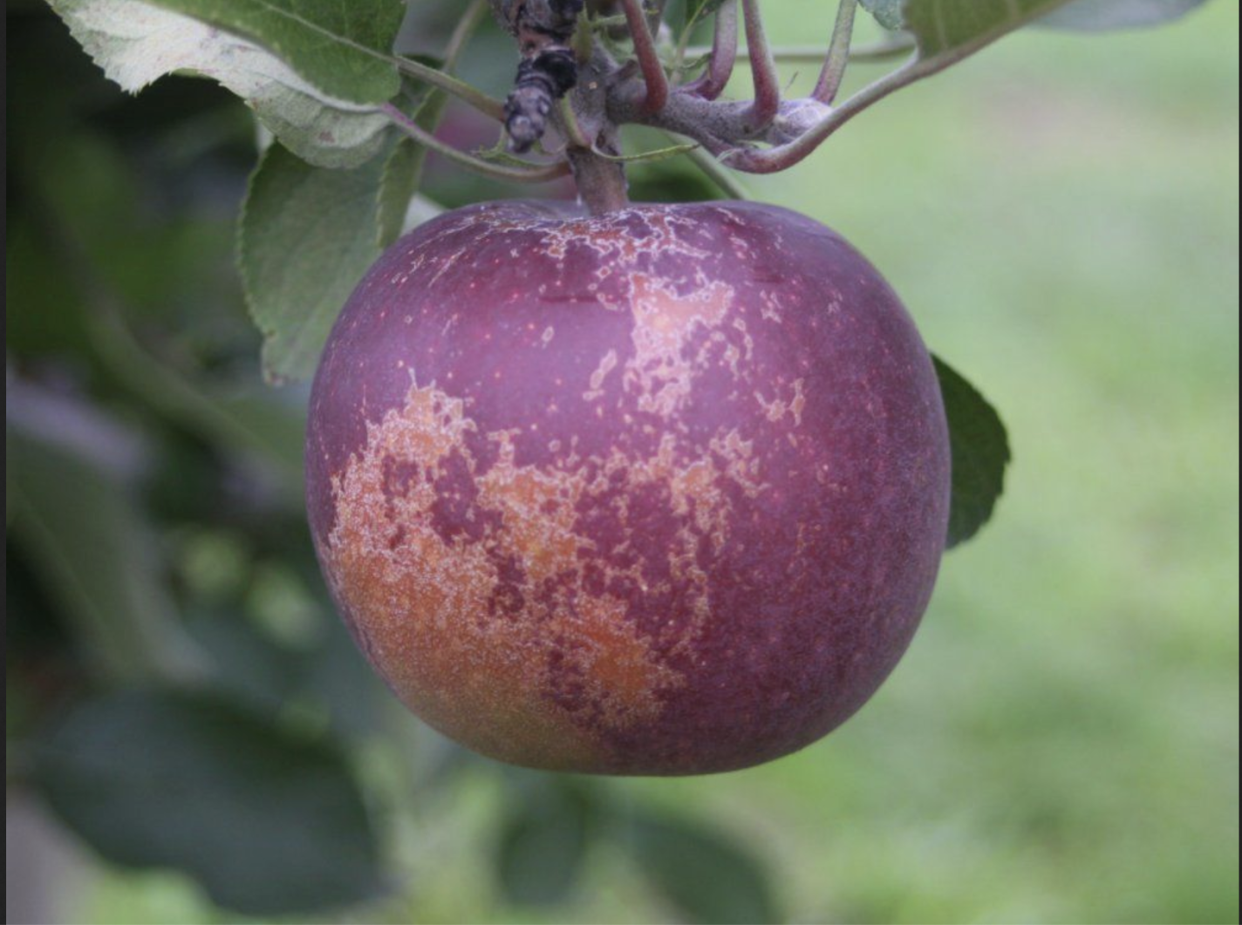
Arkansas Black Apple
The Arkansas Black apple was first cultivated in the 19th century in Bentonville, AR. Because of pest problems and high production costs these apples fell out of favor for commercial growers, but heirloom and family growers still grow them for their long storage and striking color. They now make up between 3 to 5 percent of Arkansas’ apple production.
A unique trait of Arkansas Blacks is that they store for an incredibly long time. In fact, they need to be stored because they aren't that tasty when eaten straight off the tree.
When first picked they're tart and overly firm, but after a few months they become sweet with notes of honey, vanilla, and coriander. These apples can be eaten out of hand but are also delicious in baked goods such as cobblers and pies.
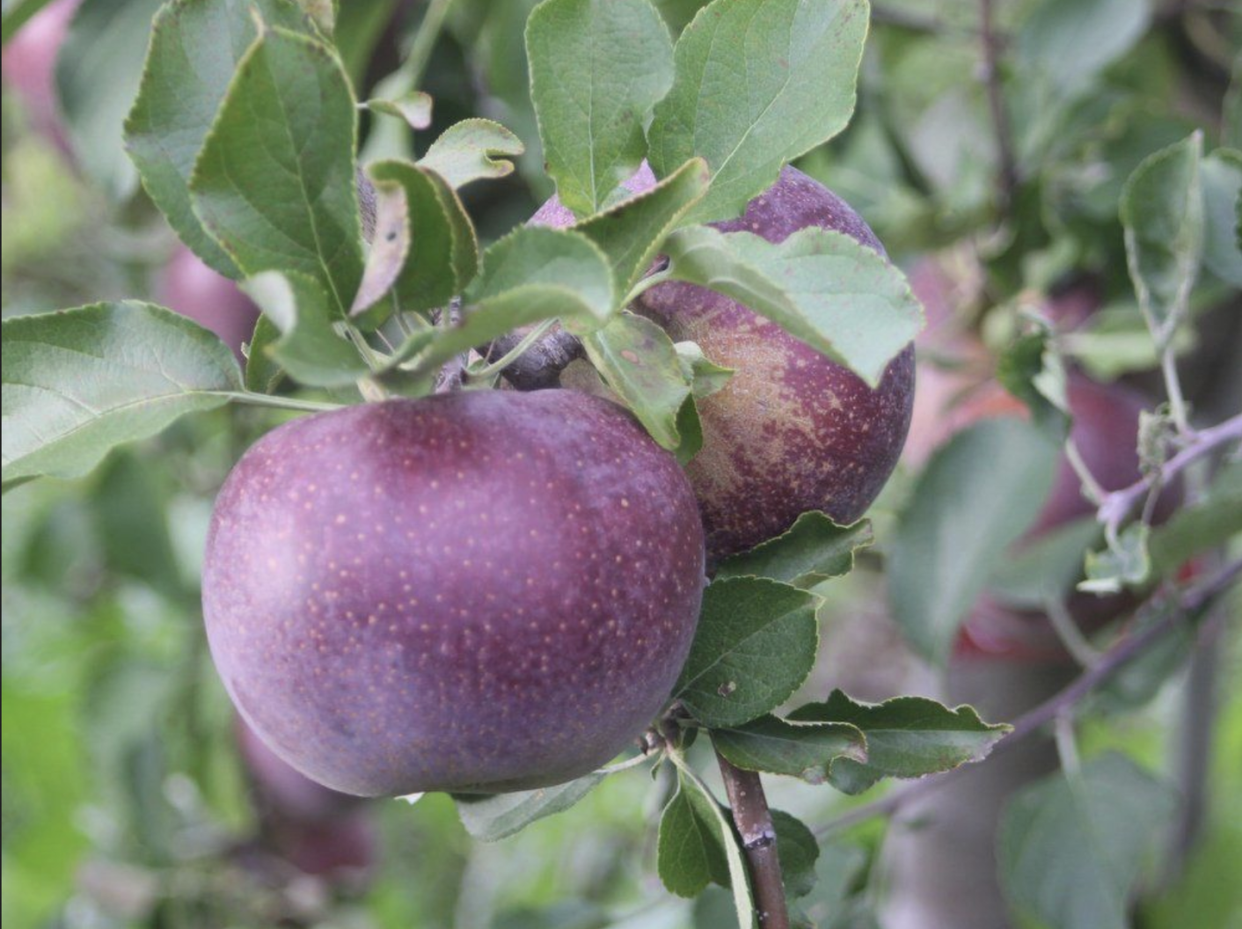
Black Oxford Apple
The Black Oxford apple is an antique heirloom variety. It was first discovered in Oxford County, Maine in the late 18th century. The trees are long-lived (over 100 years) and prolific fruit producers. The fruit is medium-sized and round with deep purple skin.
This is an all-purpose apple that good for fresh eating, pies, and cider. If you leave the skins on when making applesauce you'll get a pretty pink sauce.
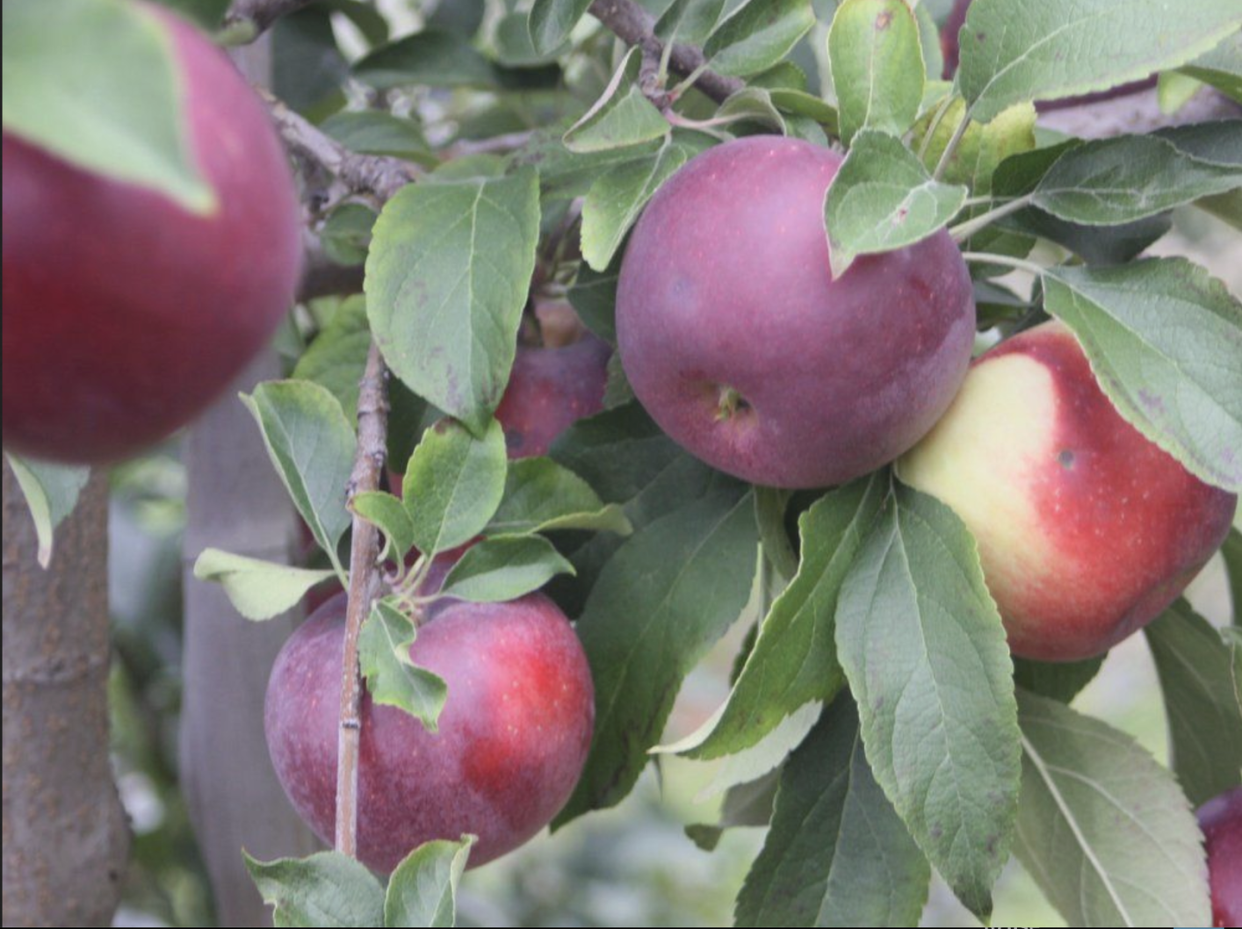
King David Apple
The King David apple is a cross between a Jonathan (or Winesap) and an Arkansas Black. It was first discovered in Arkansas in the late 1800s. This apple has deep red flesh with a crisp and juicy yellow interior.
This apple is great for baking, cider, and eating right off the tree. Unlike many varieties of black apples it can grow in warmer climates, such as USDA Hardiness Zones 4 to 8, and is very disease resistant. (Find your zone here.)
Apple Cider Donut Bundt Cake
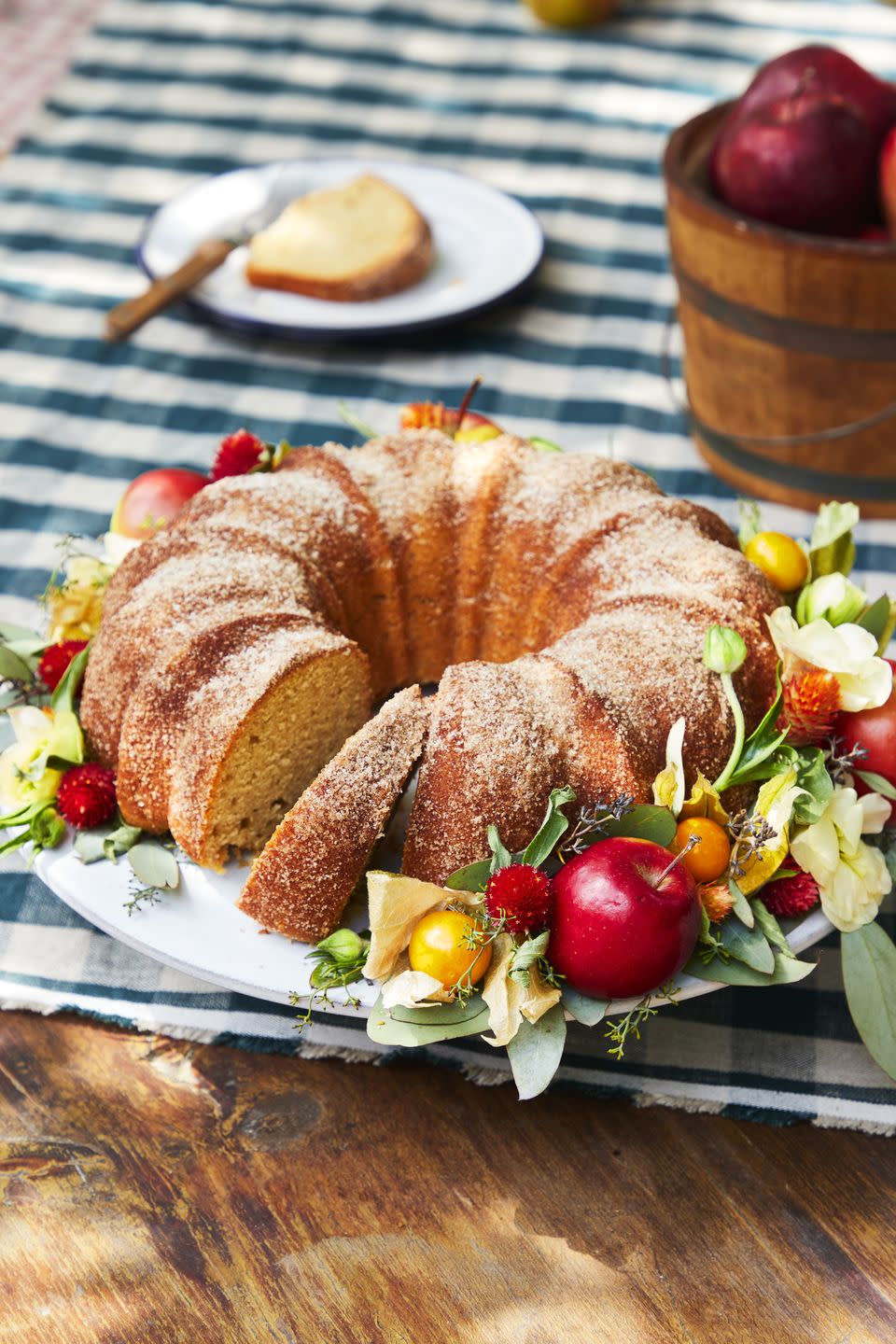
Honey-Apple Baked Brie with Fried Sage
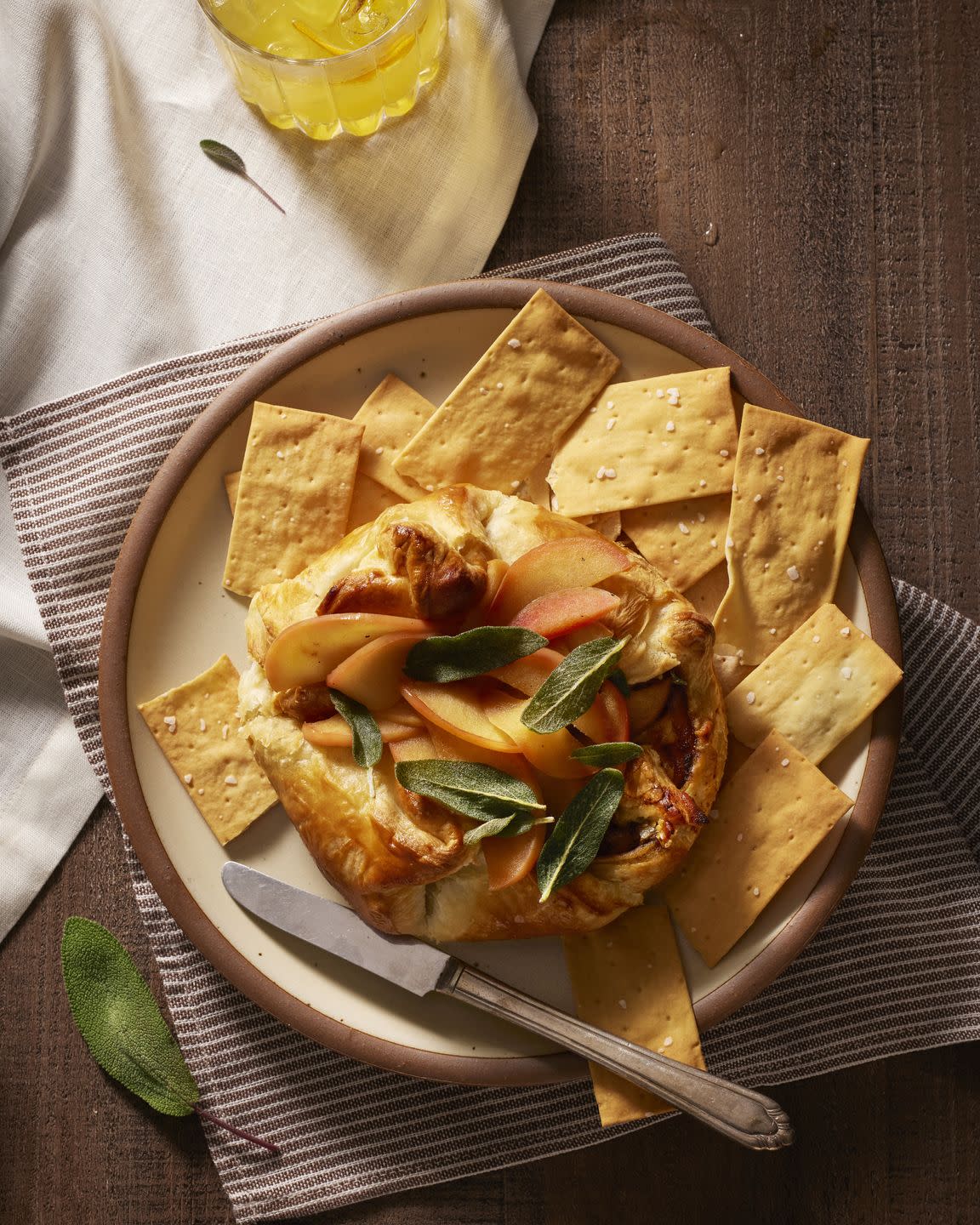
Grilled Apples with Prosciutto and Honey
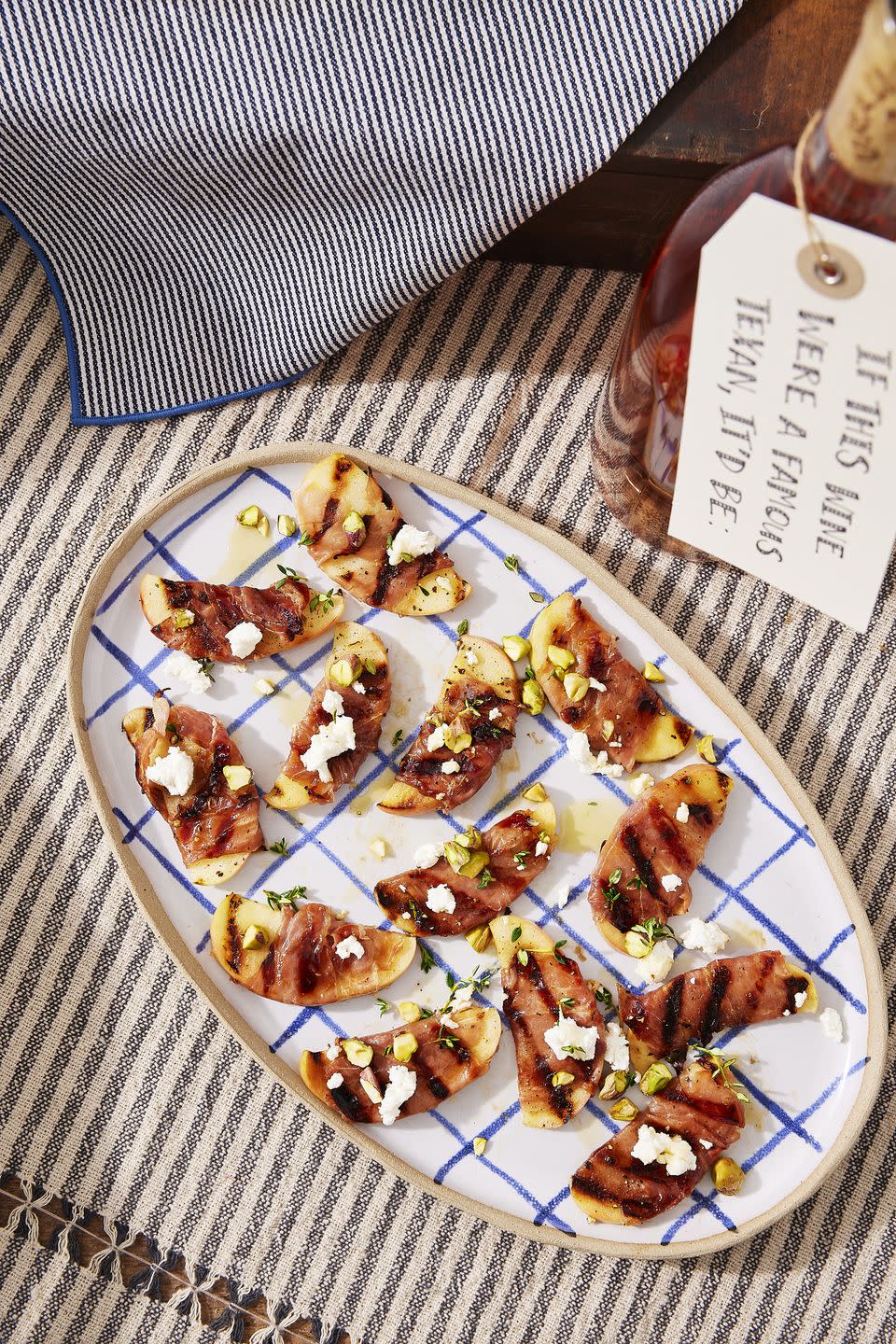
Cranberry-Apple Hand Pies
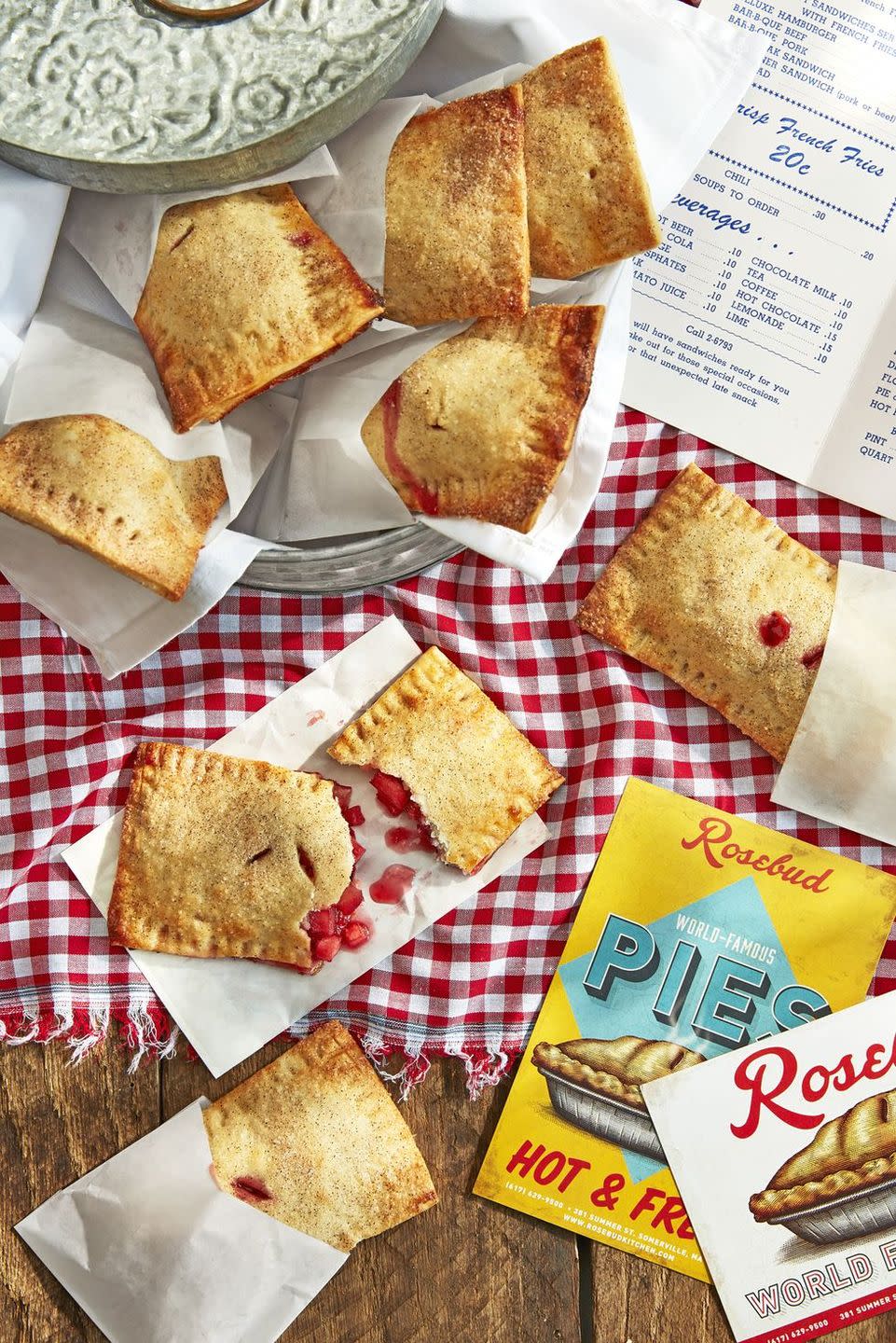
You Might Also Like






